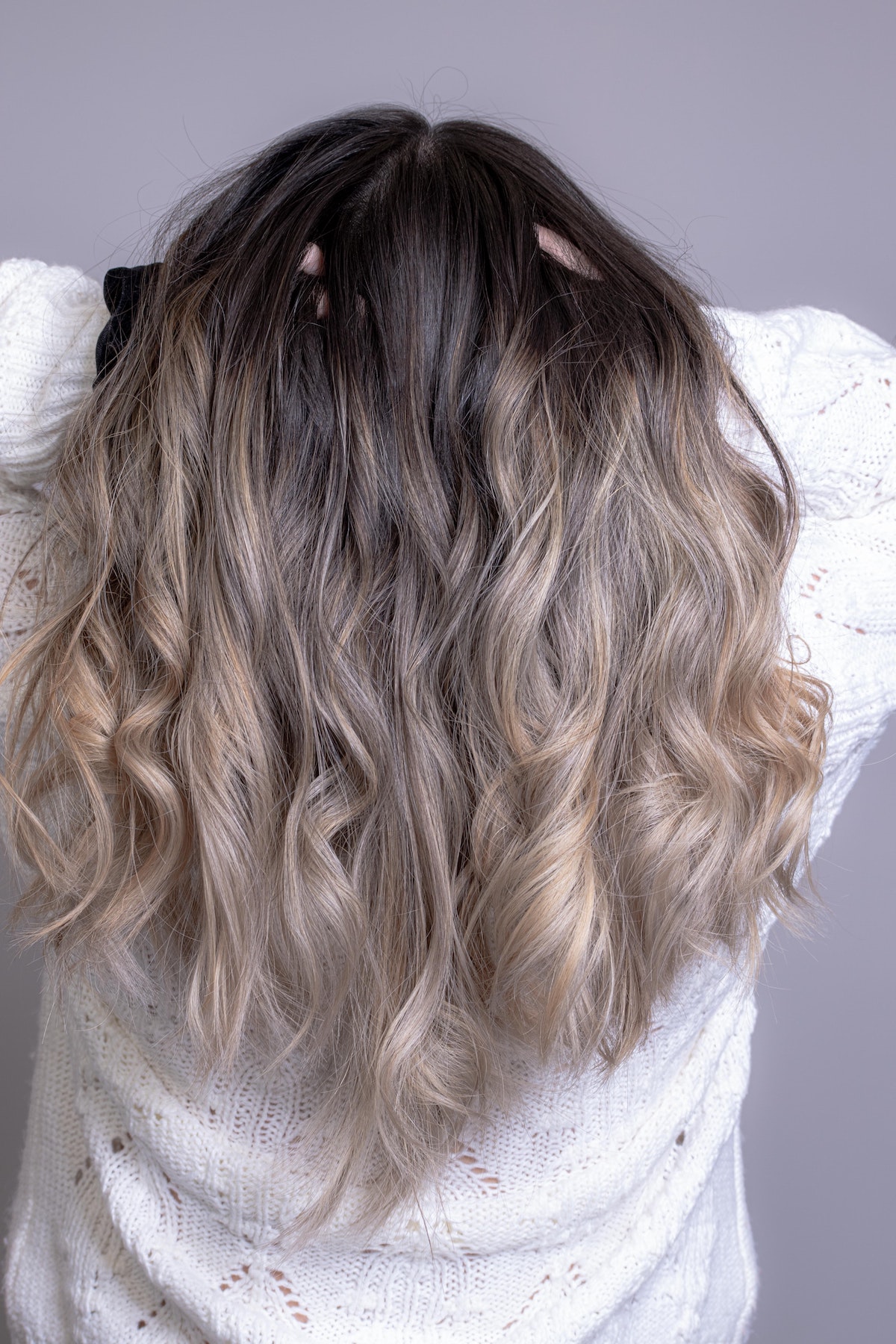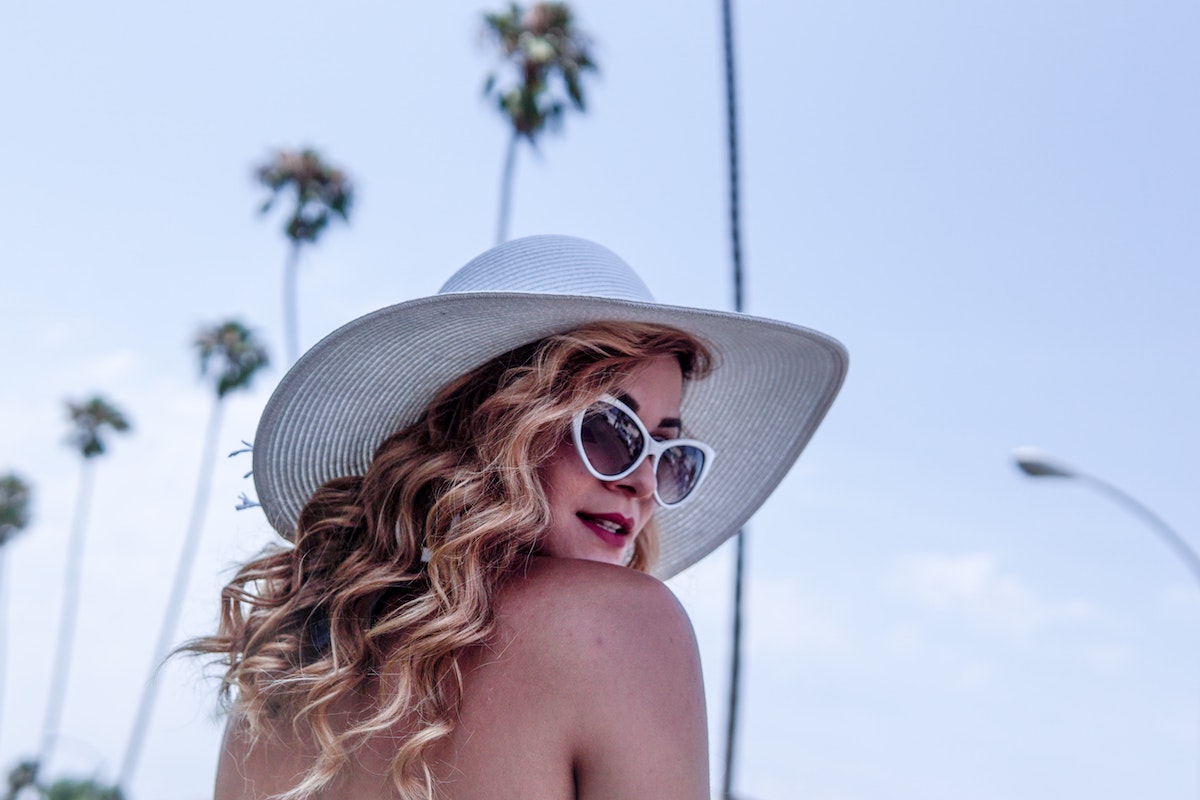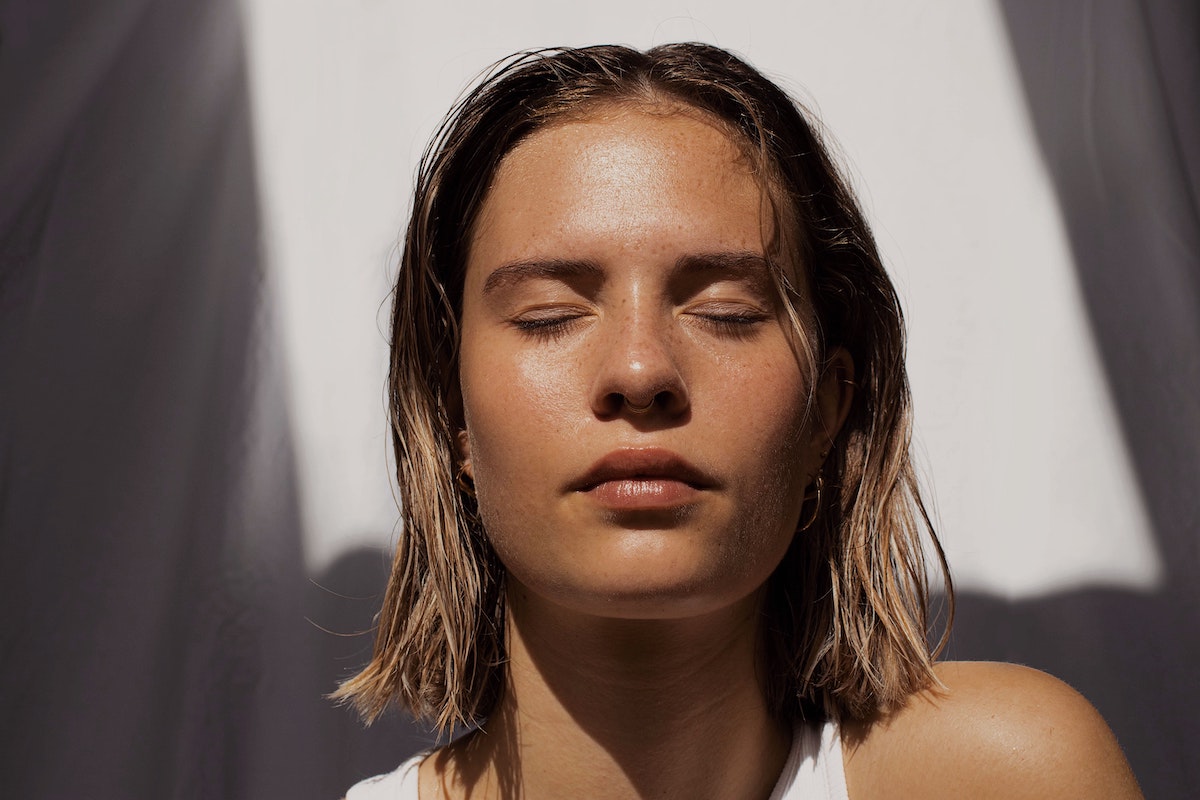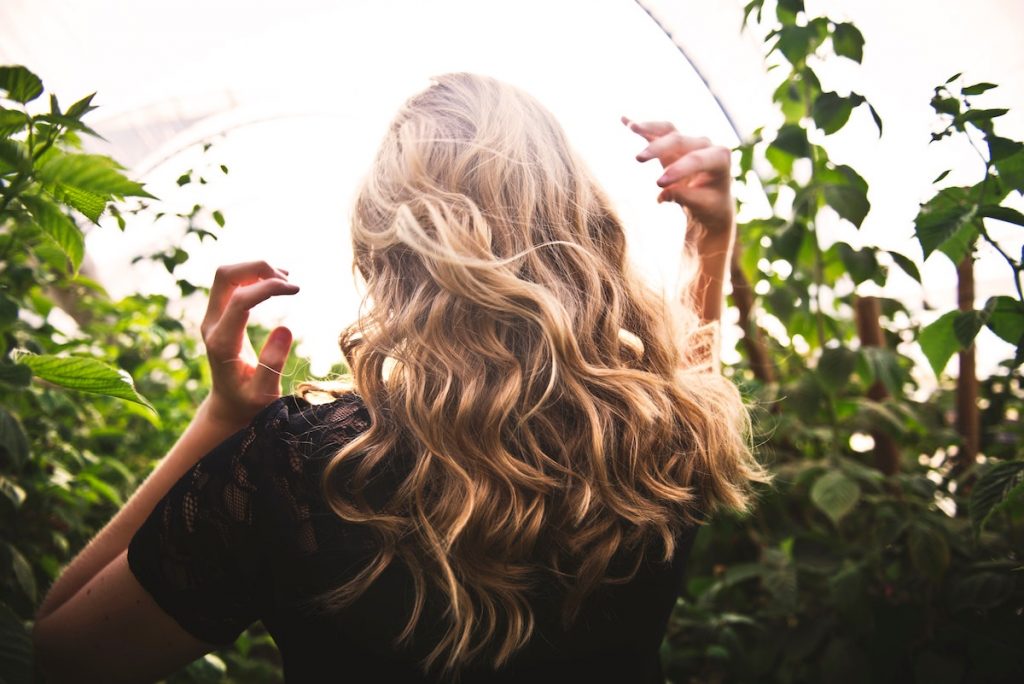For people who aren’t familiar with trending hairstyles and colors, balayage and highlights are essentially the same, just with different spellings. But for people who are always up to date with hair color and style trends, these two couldn’t be more different. It’s not a discussion of balayage AND highlights; it can be a conversation of balayage vs. highlights.
If you look at the results of balayage vs. highlights side by side, they might seem the same at first. After all, you’re getting sun-kissed strands either way. But if you look closely, balayage and highlights have different results on your hair. Balayage looks like highlights but not quite. Plus, the techniques used for both hairstyles set them apart from each other.
So, if you’re worried about what you should as for on your next salon appointment, fret not! We’re here to break down the balayage vs. highlights discussion: their differences, similarities, which hairstyle you should try and so on.
Balayage Vs. Highlights: The Basics

You don’t need color psychology to figure out your new hair color. Here’s a simple breakdown of the two:
What is Balayage?
In French, the word “balayage” means “to sweep.” As a hair coloring technique, balayage refers to “swept” or hand-painted highlights that are applied on random sections of the hair.
Hairstylists often paint lighteners or dyes on the middle section of the hair shaft. As they move toward the end of the hair, the color becomes denser. Since the color is swept on the surface of your hair, the result is a glowing, sun-kissed look that is drastically different from traditional full or partial highlights.
Contrary to popular belief, balayage is not a hairstyle look.
It refers to a technique that hairstylists use when they add highlights to the hair without foil. Also, balayage highlights are just a few shades lighter than the base color, which gives your hair natural dimension and depth. If you want a hair color that blends seamlessly with your natural color, go with balayage.
You can enjoy a full balayage look, whether you have straight hair or curly hair. With a full balayage, you’ll enjoy a lighter hair color without the need to address root grow-out. If you’re hesitant to commit to a full balayage, you can also ask for mini or partial balayage, which involves only coloring the upper area of your hair.
What are Highlights?
On the other hand, traditional highlights are the more conventional way to highlight your hair. Hairstylists use aluminum foil to saturate locks of your hair from the root to the tips. This gives you a more intense lightening effect.
Whether you ask for full highlights or partial highlights, the process is nearly the same: the stylist will precisely section out your hair by picking through small subsections and wrapping each separated lock-in foil.
In the argument of balayage vs. highlights, the latter remains supreme if you want a more pronounced contrast between your hair’s base color and the lightened strands. With full or partial highlights, you get more dimension to your hair.
Highlights are also more structured in terms of pattern. You have to touch them up more often to hide root grow-out.
What Lasts Longer: Balayage or Highlights?

Another factor to consider when deciding on balayage vs. highlights is maintenance.
In terms of longevity, balayage lasts longer compared to traditional highlights. The seamless transition makes any root grow-out less noticeable. Plus, balayage hairstyles can go for many months without requiring any touch-ups.
On the other hand, traditional highlights can only last for a couple of months before the root color shows up. Greater color contrast requires more maintenance.
Is Balayage More Expensive Than Highlights?
If you are on a budget, full or partial highlights may be kinder to your wallet.
In general, balayage takes longer than foil since the hairstylist goes through every strand of your hair to change the color of your locks. This precise highlighting technique is the reason behind the expensive price tag. On average, balayage can cost between $150 to $200 for medium to long lengths ($70 if you have short hair).
Balayage is more expensive because it requires more thought and creativity from the stylist. But if you think about it, it can also be a worthwhile hair investment since you don’t have to do it often. You’re paying more for convenience and less maintenance.
Answering “Should I Get Balayage or Highlights?”
When deciding on the balayage vs. highlights debate, you have many considerations:
Consider Your Preferred Look
In general, each highlighting method creates a different look. If you want uniform, highlighted locks from the roots to the tips, foil highlights are your best bet. On the other hand, if you prefer a natural, sun-swept look, ask your hairstylist about balayage.
Most people believe that the balayage look is only ideal for blondes. On the contrary, expert hairstylists use the technique on redheads and brunettes, too.
Balayage is a good choice for highlights newbies, whether you’re bored with your natural hair color or you’re not a fan of the single-color process.
Consider Your Color Commitment
If you’re not a big fan of maintenance or the idea of coloring your hair every six to eight weeks scares you, balayage might be the better option for you.
With traditional partial or full highlights, new growth is always obvious. The maintenance routine of full or partial highlights is every six to eight weeks. On the other hand, new hair growth is less obvious when you have balayage, which enables you to go longer between salon visits. Normally, balayage requires maintenance for around three to six months. If you want to address the brassy tones of your balayage, visit your local salon at least every eight weeks.
Consider What You Want
It all boils down to what you want.
Go with traditional highlights if:
- You want a uniform hair color with multiple shades.
- You want a solid yet natural look.
- You want high contrast and prominent color patterns.
- You want to save more and still enjoy a new look.
Go with balayage if:
- You have never colored your hair.
- You want subtle highlights.
- You want natural coverage of your gray hair.
- You want face-framing highlights.
Balayage AND Highlights: Both Need Maintenance

Finding the right cut means considering maintenance. Whether you choose traditional highlights or balayage, coloring your hair can damage your locks. Colored hair also increases the risk of brassiness. With each option, you must practice regular hair care and maintenance to ensure the health of your crowning glory.
Moisturize Your Hair
Switch to color-safe conditioners and shampoos. These hair products are sulfate-free and can improve the vibrancy of your hair color. Also, use deep conditioners to keep your hair moisturized. Hair colors have chemical ingredients that strip your hair from nutrients. Replenish it by using deep conditioners regularly.
Avoid Washing Your Hair Frequently
Frequent shampooing of your hair fades its color and dries it out, which makes it more brittle. Wash your hair only once or twice a week. Occasionally, use purple shampoo to keep the color fresh and minimize brassiness.
Don’t Miss Out on Your Salon Appointments
Balayage is relatively low maintenance compared to traditional highlights, but you shouldn’t take it for granted still. For both treatments, make it a point to visit your appointments to restore and nourish your hair.
The Bottom Line
If you are looking for a dramatic color shift, traditional highlights are the best option for you. If you want to keep your look natural and subtle, go with balayage. Either way, each highlighting method vamps up your look. All you need is some creativity and patience with the maintenance.

